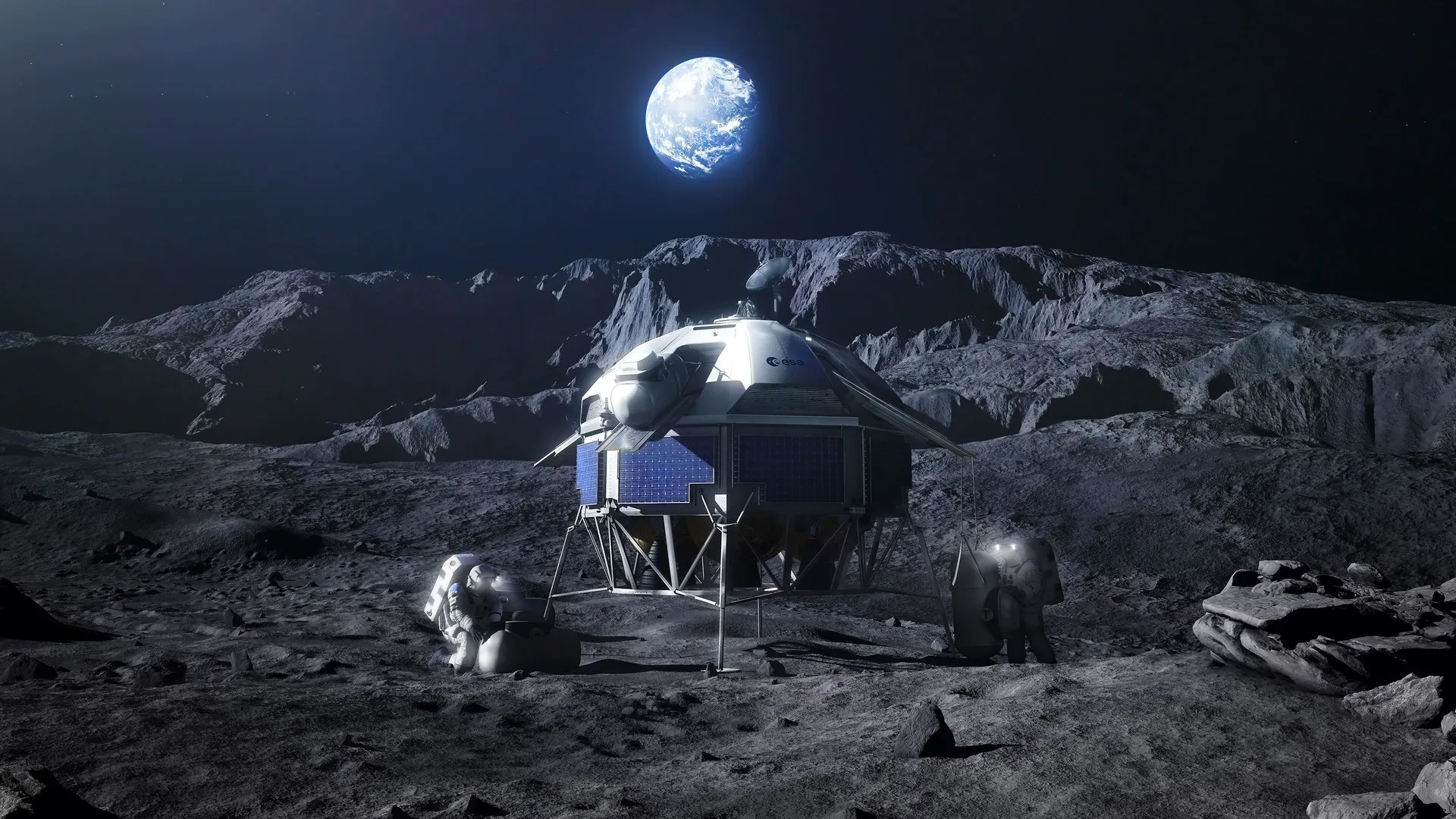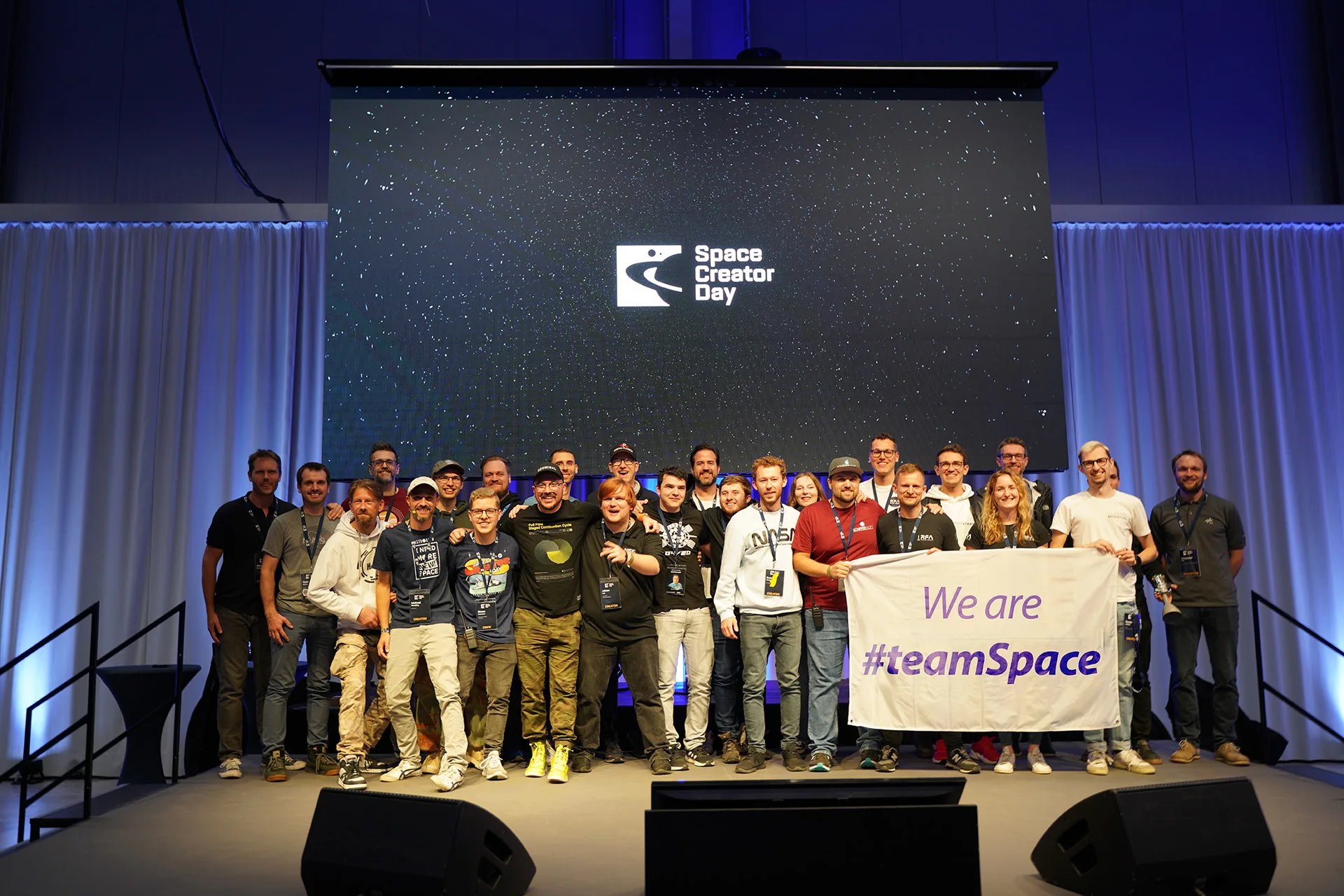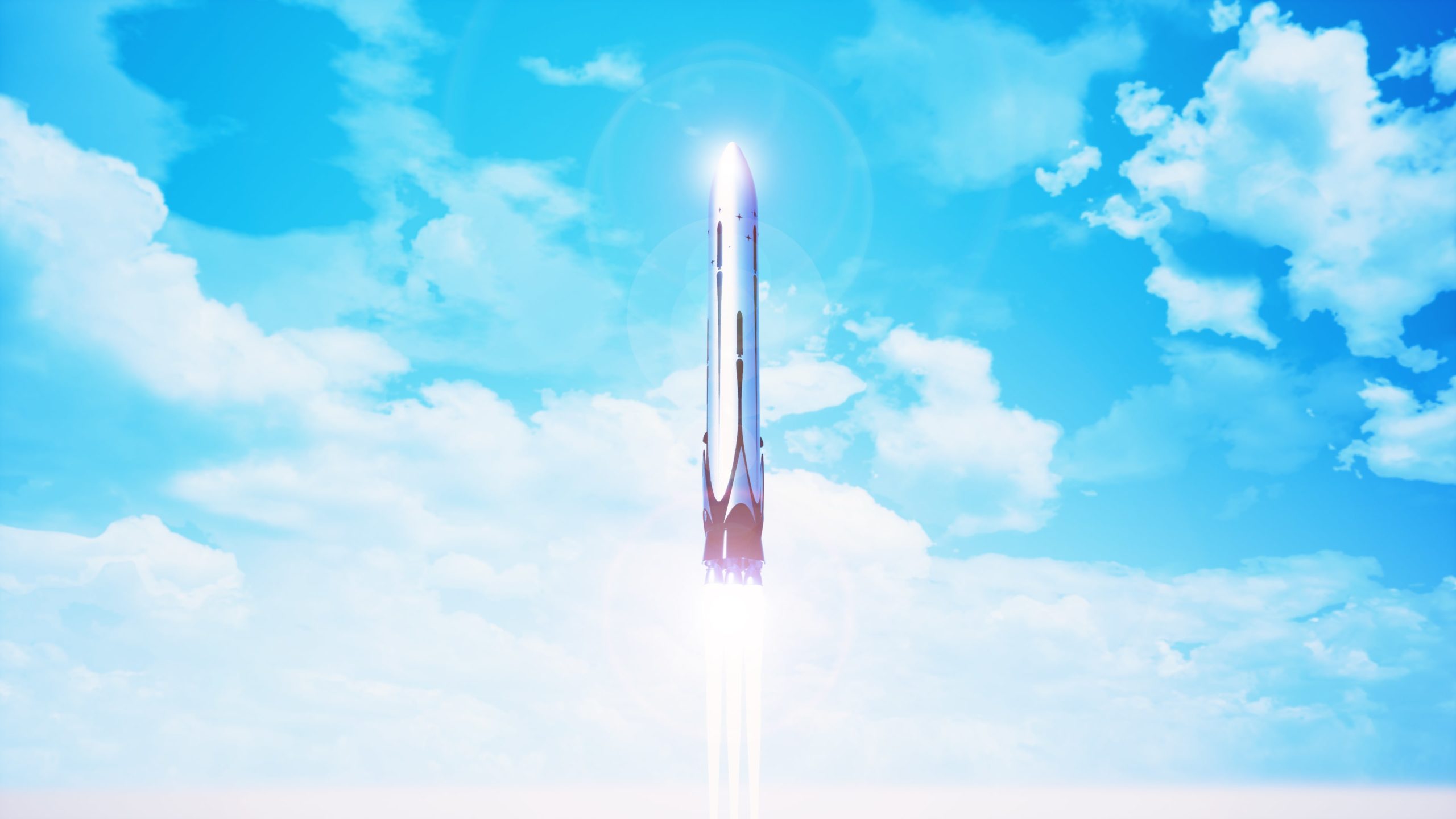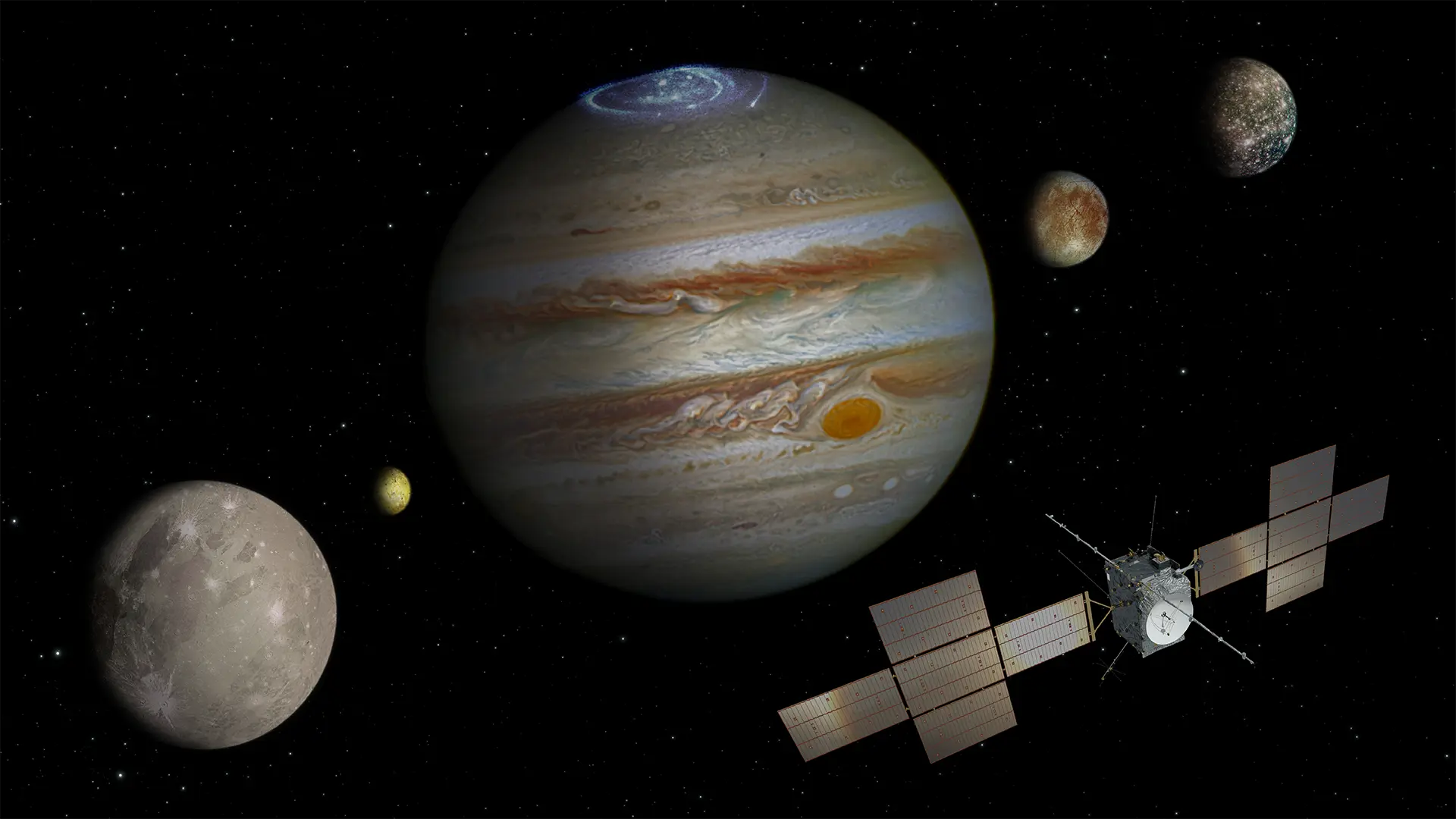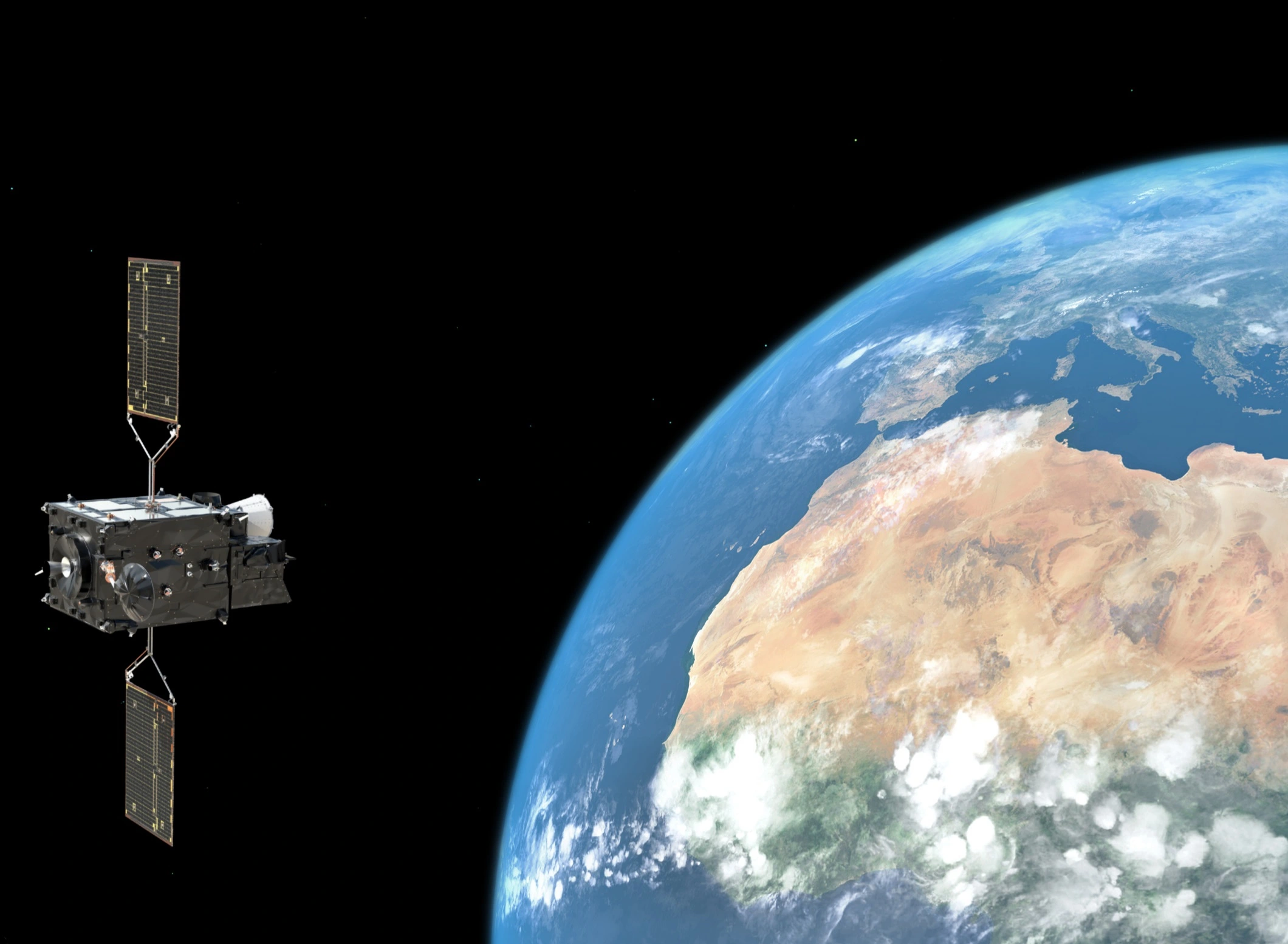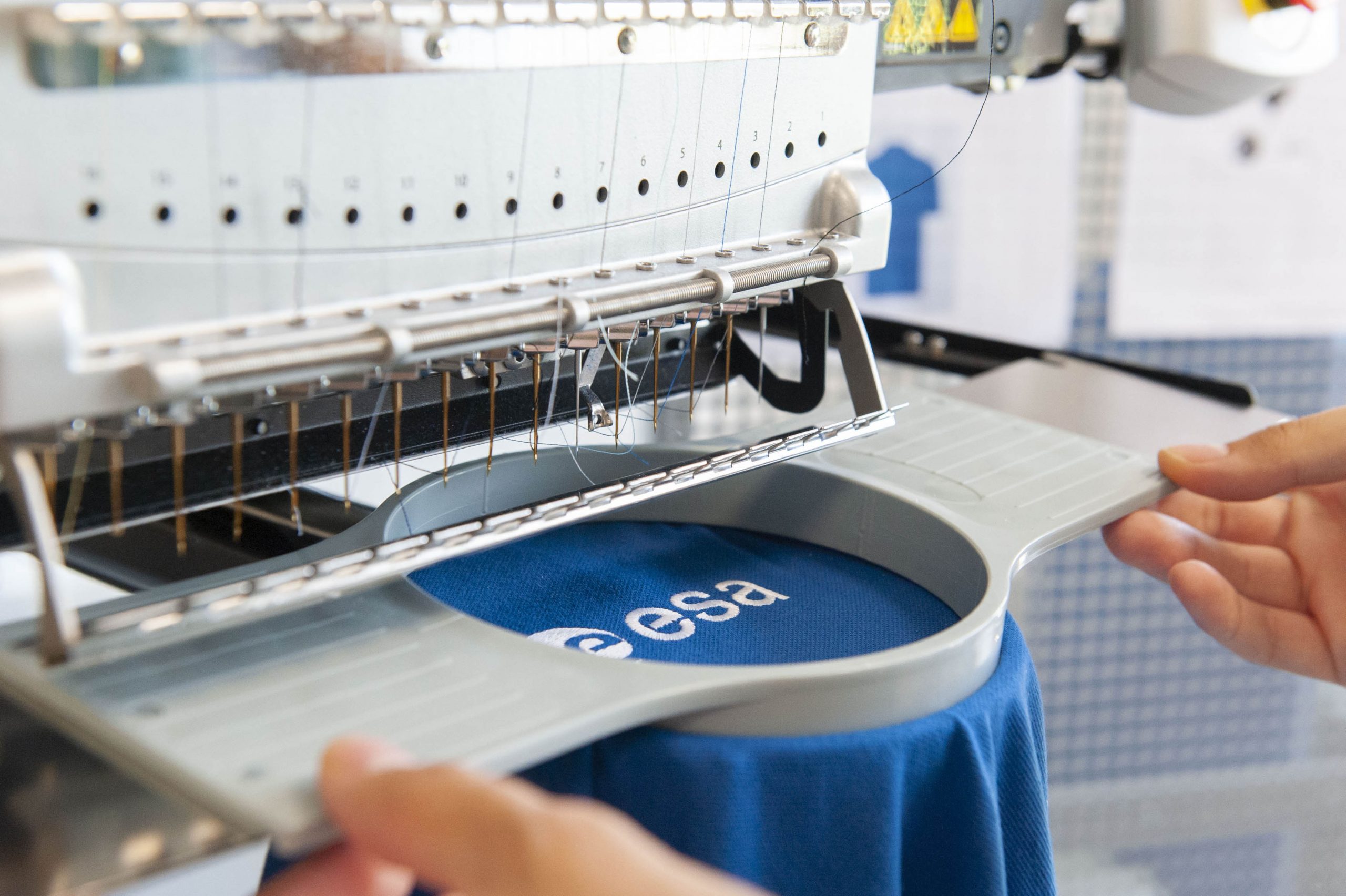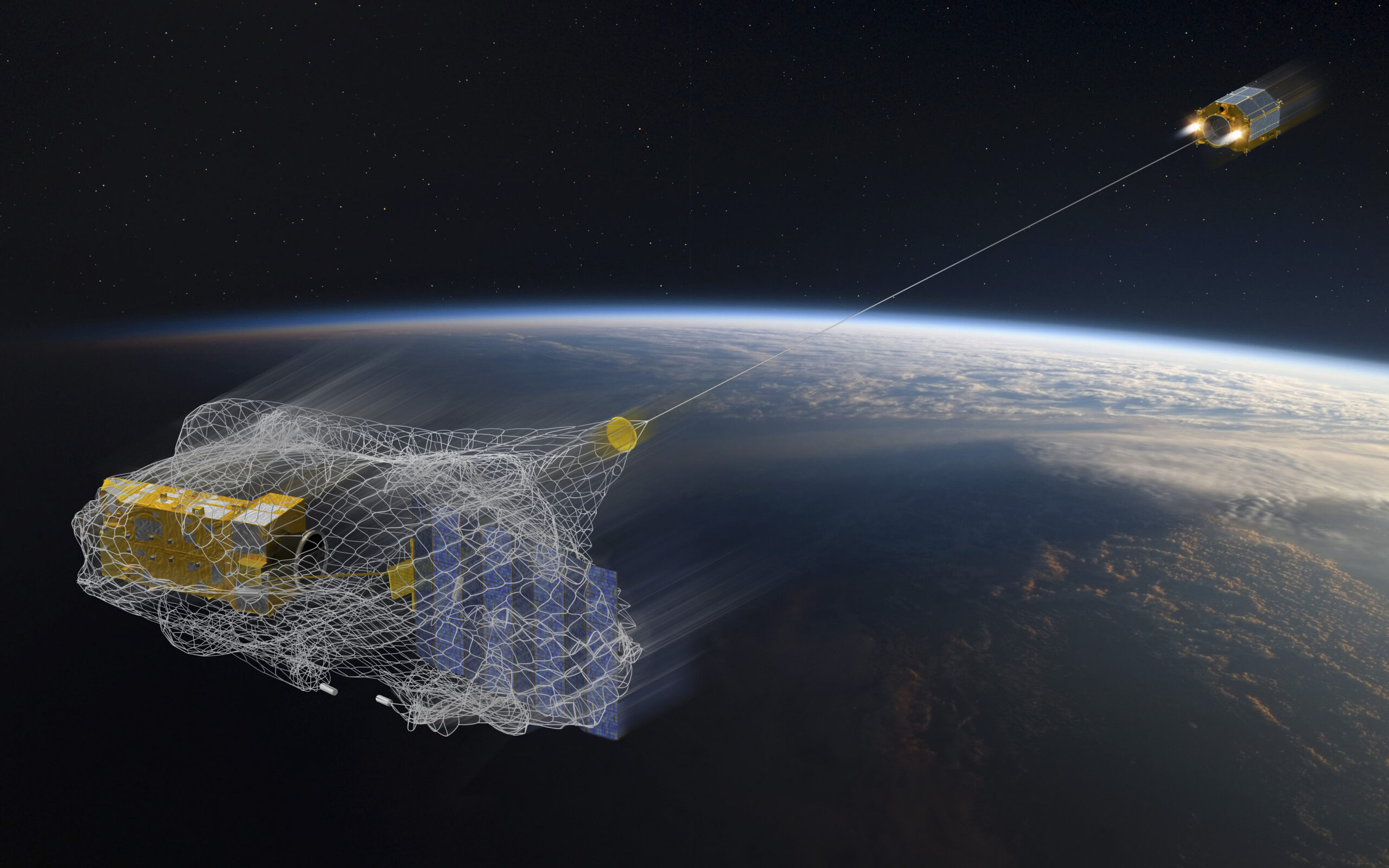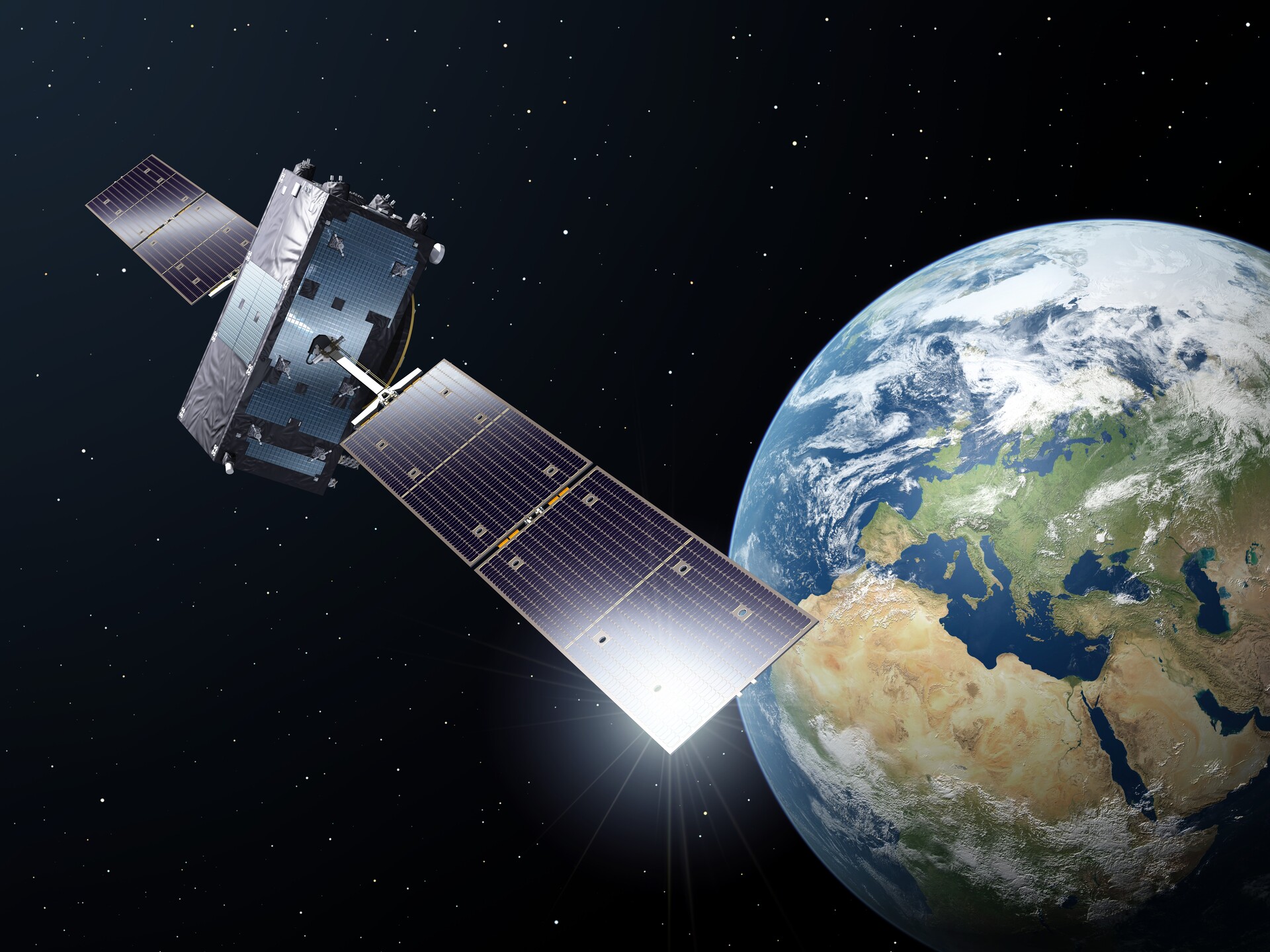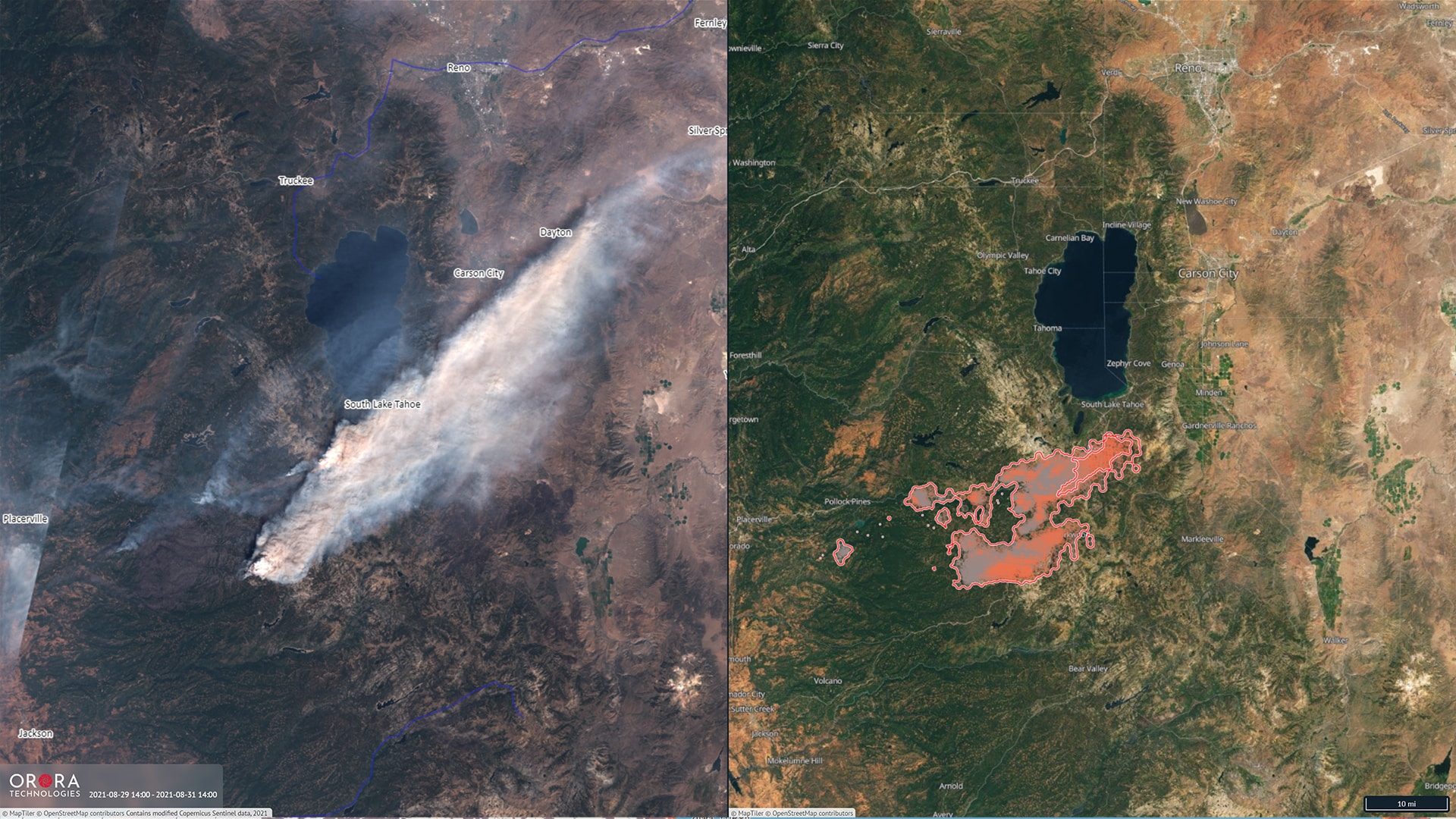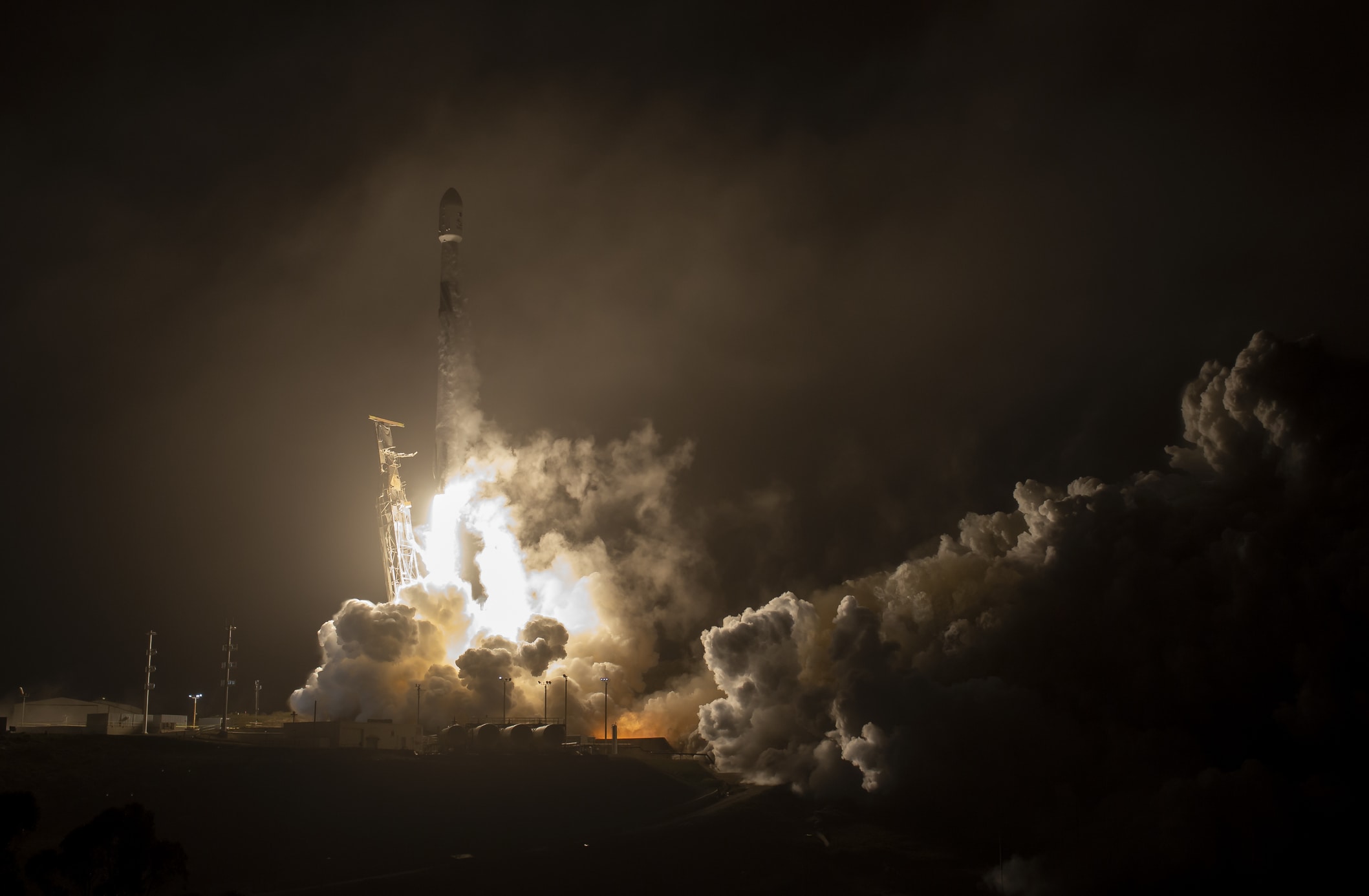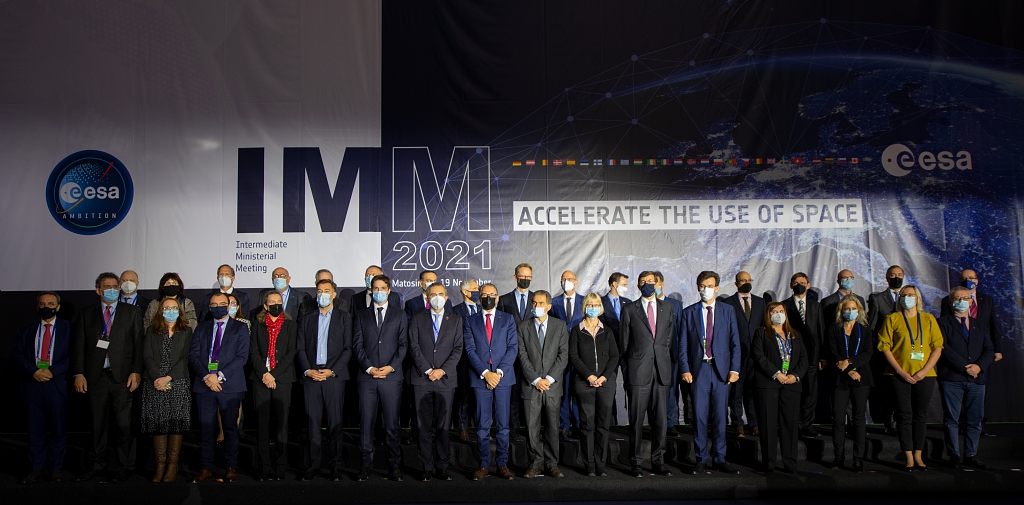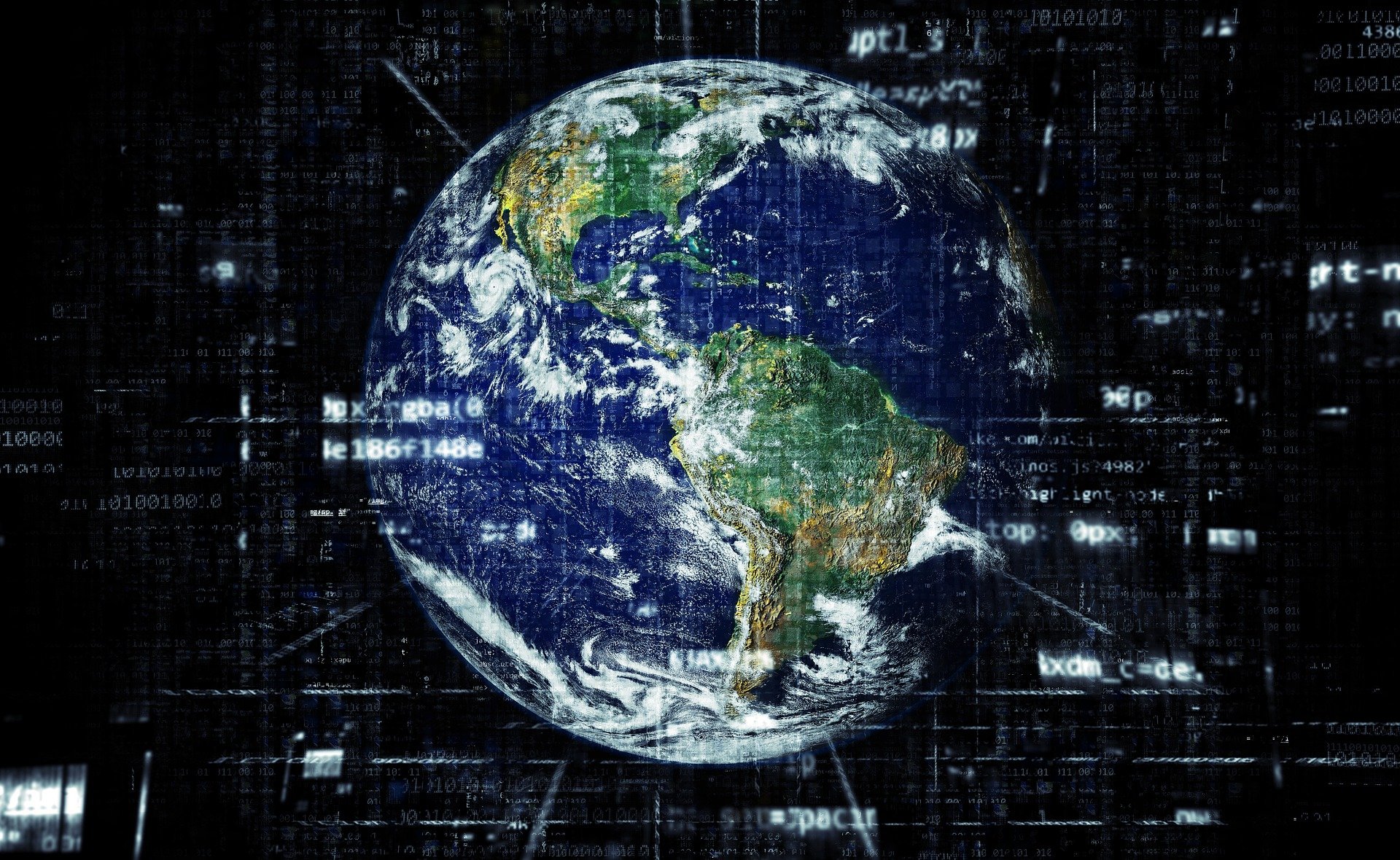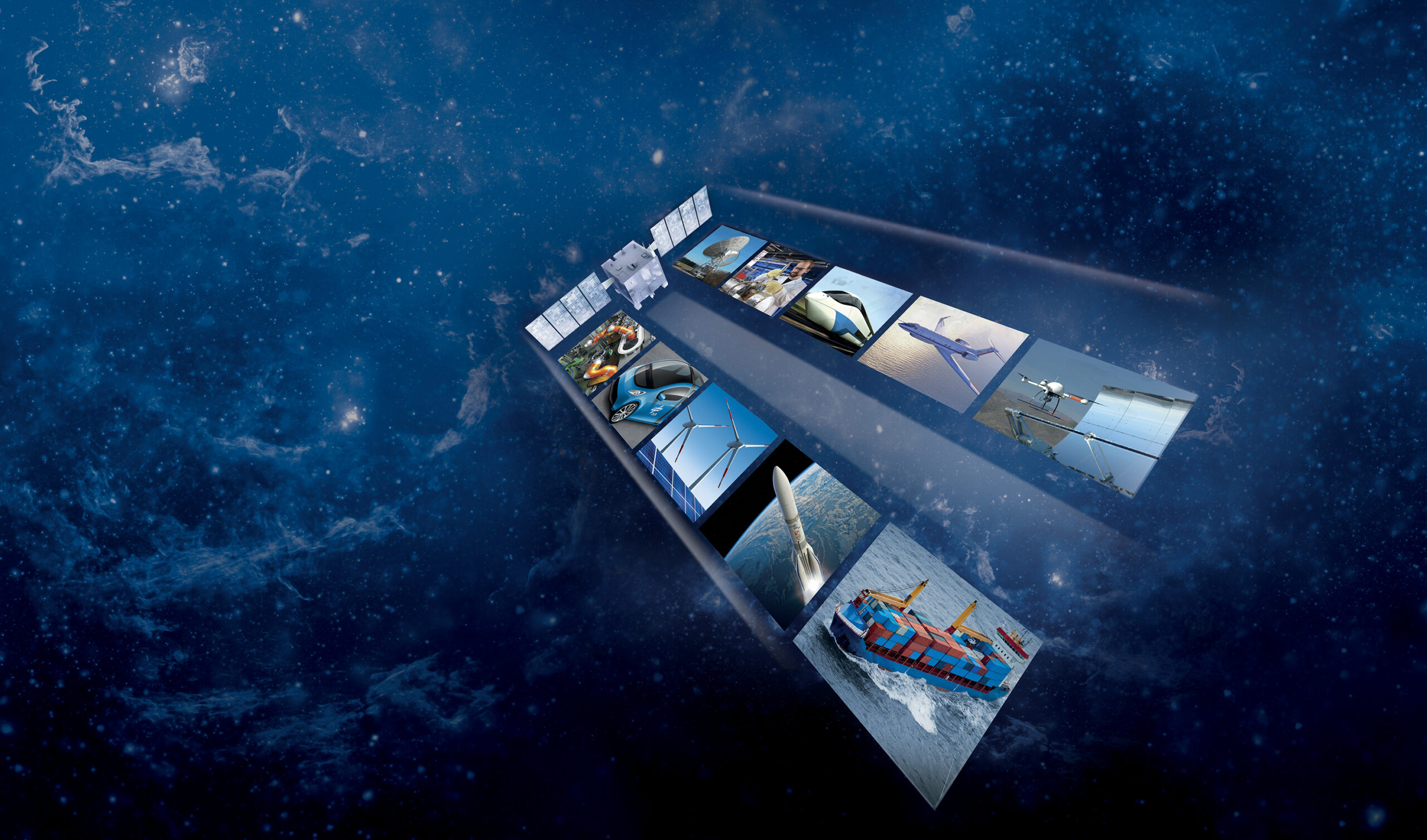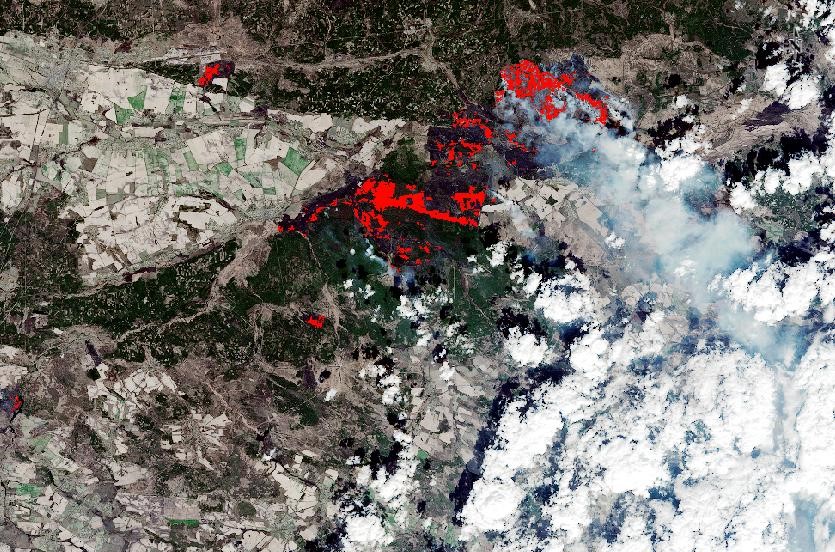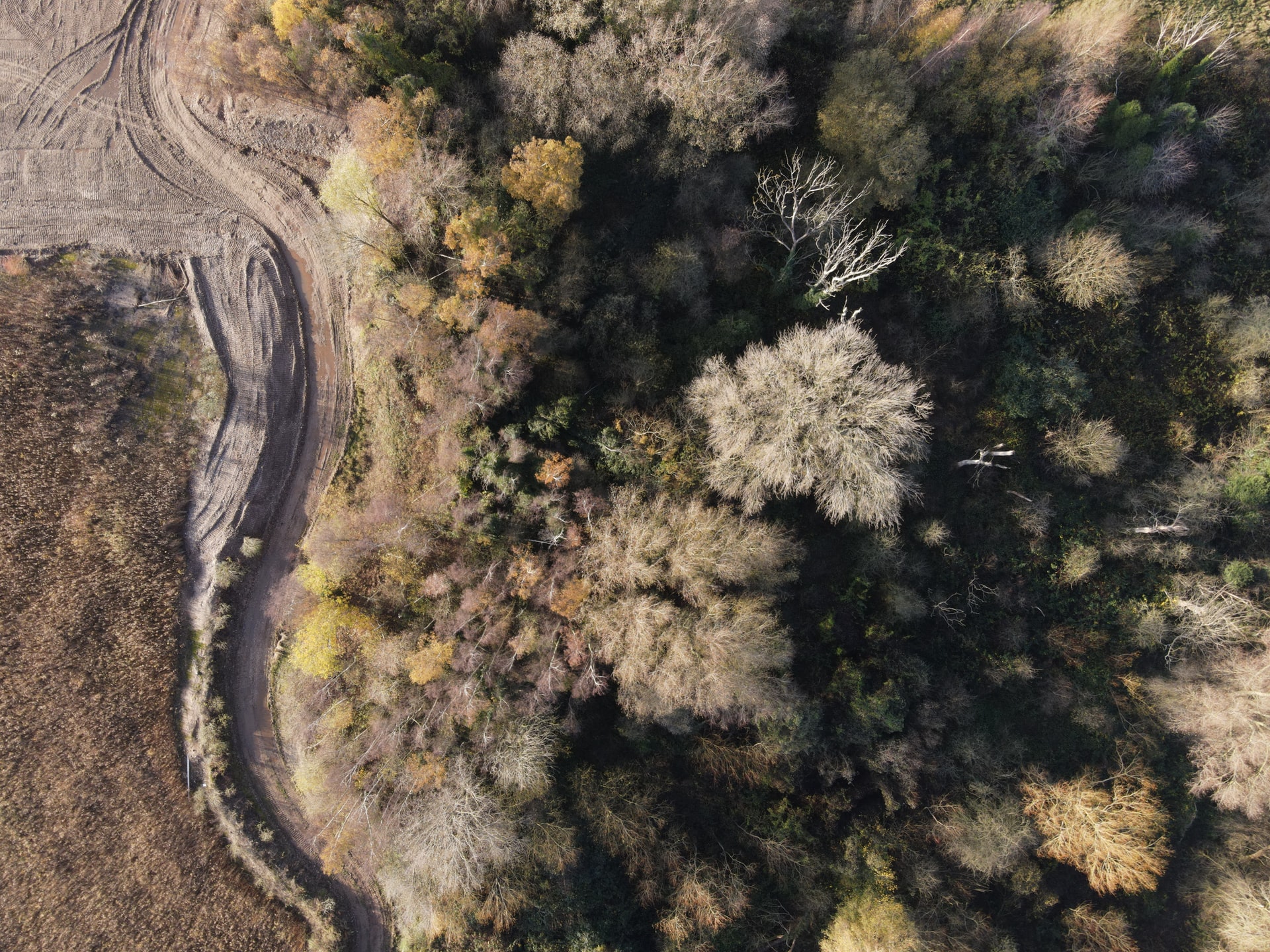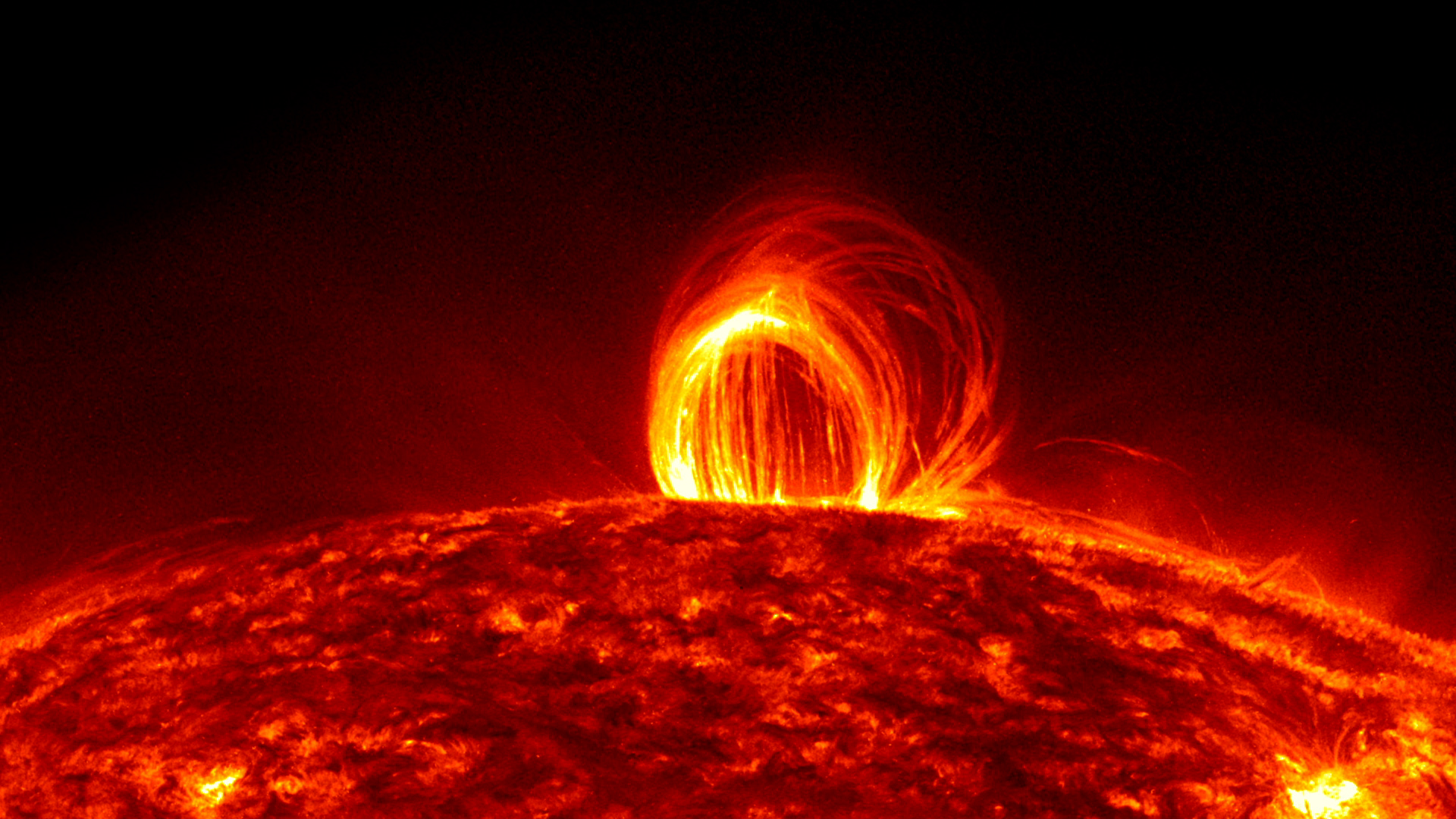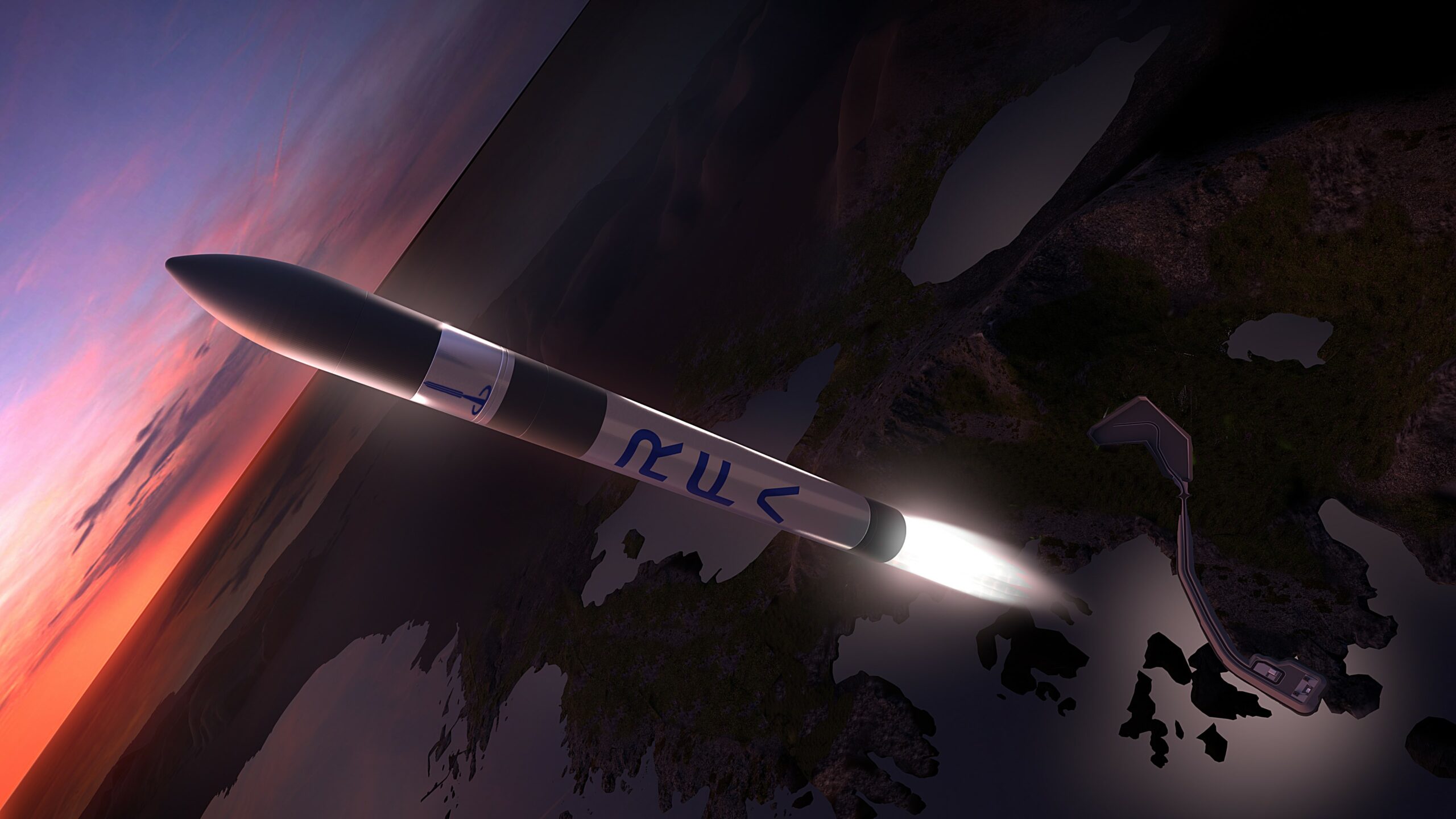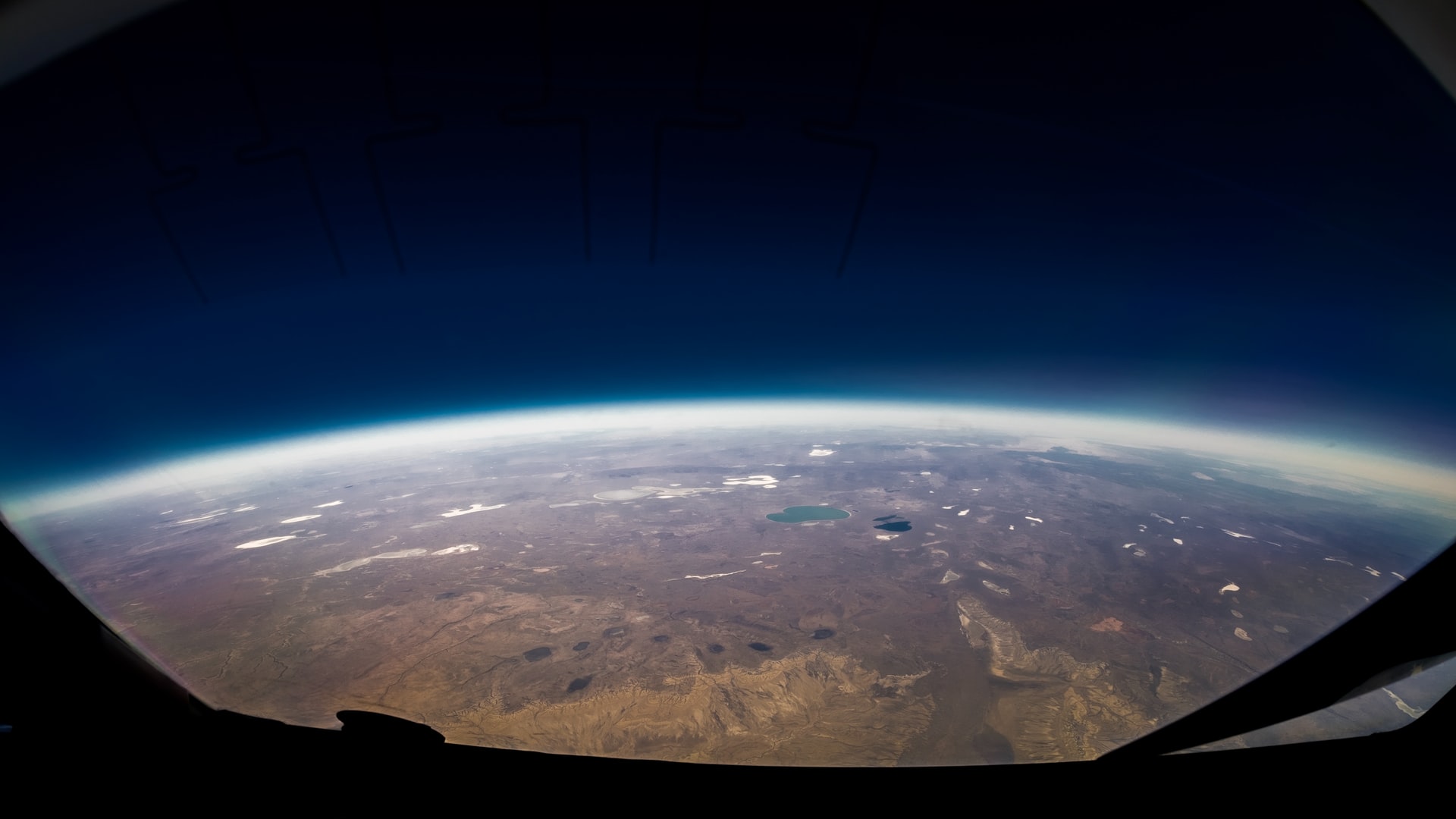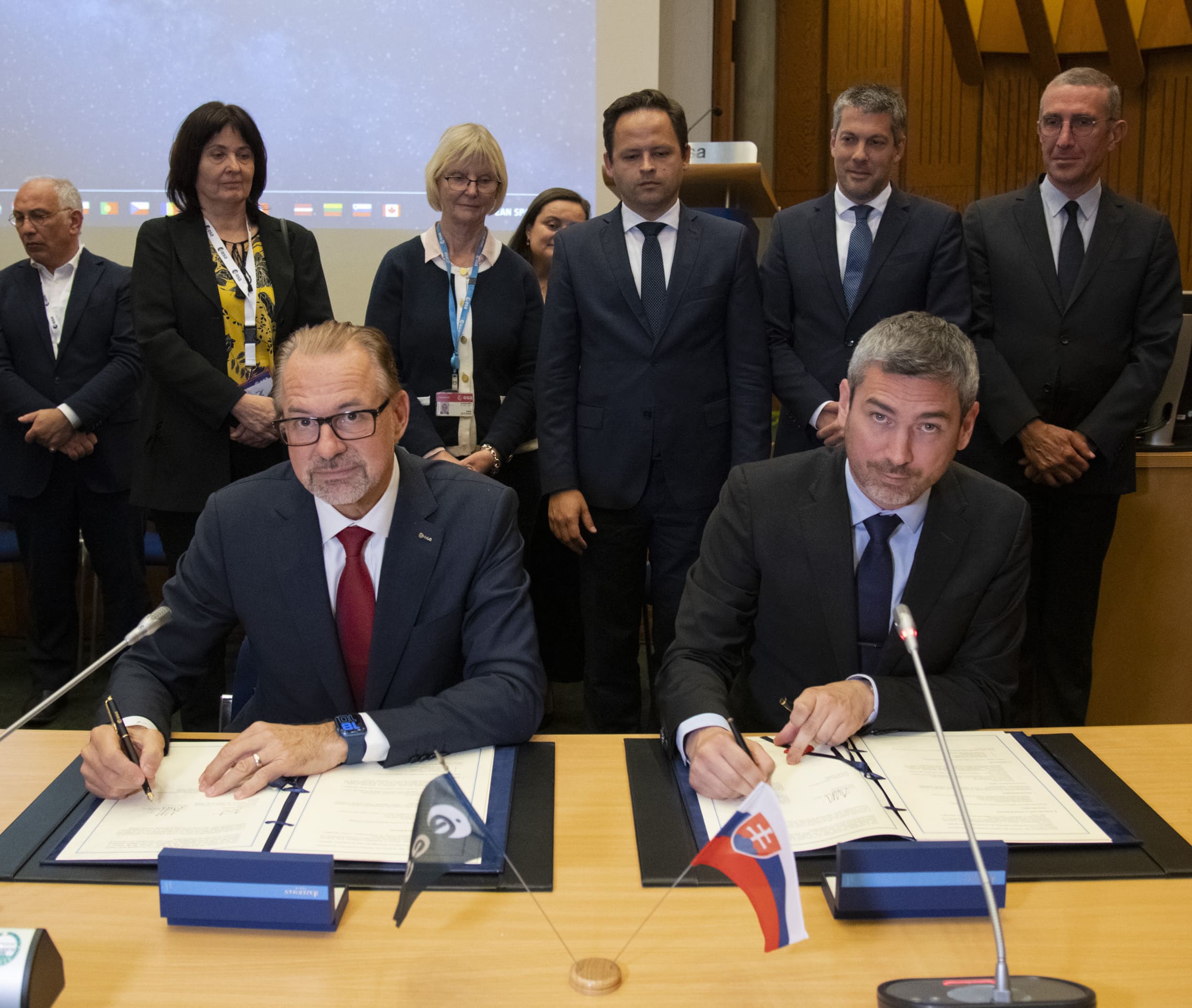
Slovakia becomes an associate member of ESA
Published on Fri, 14.10.2022 – 08:10 CEST in Politics, covering ESAAs early as March 2022, the Association Agreement was unanimously approved by the ESA Council. The signing on June 14 was followed by some internal procedures; on October 13, the agreement entered into force for an initial period of seven years. With the inclusion of Slovakia, there are now a total of 5 associated members in addition to the 22 member states.
A first bilateral agreement between ESA and Slovakia on peaceful cooperation in space was concluded in 2010. With Slovakia's accession to the Charter of European Cooperating States (ECS) on February 4, 2016, the "European Cooperating Partner Agreement" entered into force and was extended until August 3, 2022. After Zuzana Čaputová, President of the Slovak Republic, signed the ratification document on October 12, the Association Agreement now replaces it.
With only 5.5 million inhabitants, the relatively small state looks back on a long tradition in astronomy and space flight. Among other things, a moon crater is named after Maximilián Rudolf Hell (1720-92). The planet "1807 Slovakia" was discovered in 1971 in the observatory of Lomnický Štít. Slovak researchers and engineers have also participated in international missions such as Rosetta and BepiColombo.
Currently (10/2022) there are more than 30 companies active in the space industry in Slovakia. According to the Slovak Space Office, more than half of them focus on the upstream sector (19 companies). This mainly means components for spacecraft, ground-based telescopes and nanosatellites. However, a large part of the revenue comes from the downstream (15 companies). These are, in particular, software applications that use data from Galileo (European satellite navigation system) and Copernicus (European Earth observation system).
Space flight as a driver of the Slovak economy
ESA expects more than 40 other companies to enter the space sector. They have expertise in electronics, precision engineering, Industry 4.0, and information and communications technology. Through consulting and outreach activities, a dozen of them have already been persuaded to enter. As a new associate member, Slovakia can also access the ESA BIC (Business Incubation Center) network. In parallel, awareness-raising campaigns are to be developed. In order to meet the demand for specialists, there will also be activities in the field of education. Among other things, there are to be corresponding courses of study at universities.
The expertise and knowhow gained through the continued development of space programmes, the competitive industrial capacity built over time, as well as newcomers’ niche approach to innovation, are key to successfully step-up Europe’s ambitions in space.
Josef Aschbacher, Director General ESA
Small but mighty - Slovakia's space industry
As ESA emphasizes, the aim is to provide Slovakia with the best possible support for its integration into ESA. The aim is to "ensure the further development of sustainable space capabilities and their integration into the European supply chain." This also applies with regard to contracts awarded by ESA to its member states. They should provide a fair industrial return to the landlocked country. So, in addition to the more than 500 people currently employed in the space industry, many more could be added by joining ESA. Economically, this would be worthwhile in any case. After all, the companies directly attributable to space flight already generate revenue of more than 108 million euros a year.
Slovak technology in space
It is already certain that GRBBeta, a Slovakian 1U cubesat (10 x 10 x 10 cm), will fly into space on the Ariane 6's maiden flight. GRBAlpha was already launched into orbit on board a Soyuz from Baikonur in March 2021. And already four years earlier, in June 2017, the first Slovakian satellite skCUBE was launched from the Satish Dhawan Space Centre in Sriharikota, India.
The two GRB satellites are designed to detect gamma ray bursts - bursts of energy of great power, the origin of which is not yet fully understood. Hypernovae - special supernovae, i.e. explosions of large stars at the end of their lives - are considered a possible cause. Also the fusion of neutron stars is considered as a cause. The energy released thereby exceeds any imagination. For example, the Earth was hit by GRB 041227 on December 27, 2004. At that time a neutron star had released more energy within 0.2 seconds than our sun in 150,000 years.
Most powerful gamma-ray burst ever hits Earth
It wasn't until Oct. 9, 2022, that another gamma-ray burst hit our home planet. As U.S. astrophysicist Brendan O'Connor told the AFP news agency, the point of origin of GRB221009A is about 2.4 billion light-years from Earth and originated about 1.9 billion years ago. With a released energy of 18 tera-electronvolts, it is the brightest flash of light ever sighted in space. Because of its great distance, the gamma rays from this outburst pose no danger to Earth. But if such a gamma-ray burst were to occur at a distance of up to 3,000 light-years from Earth, it could damage the ozone layer - and have serious consequences for life.

